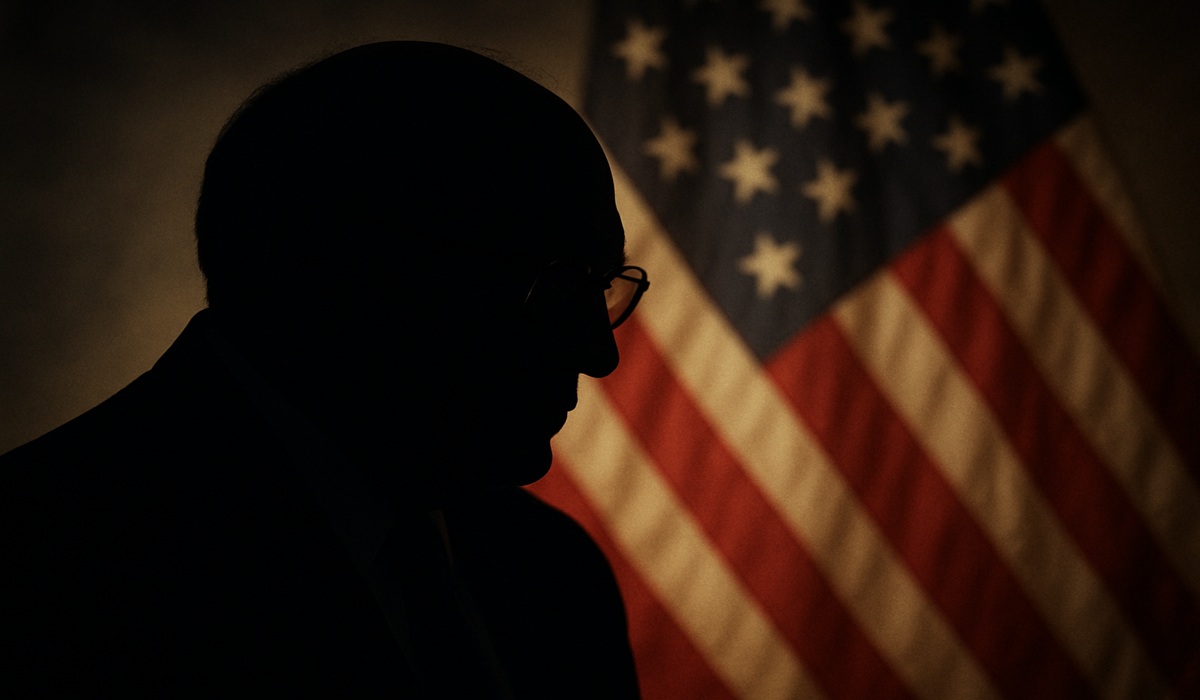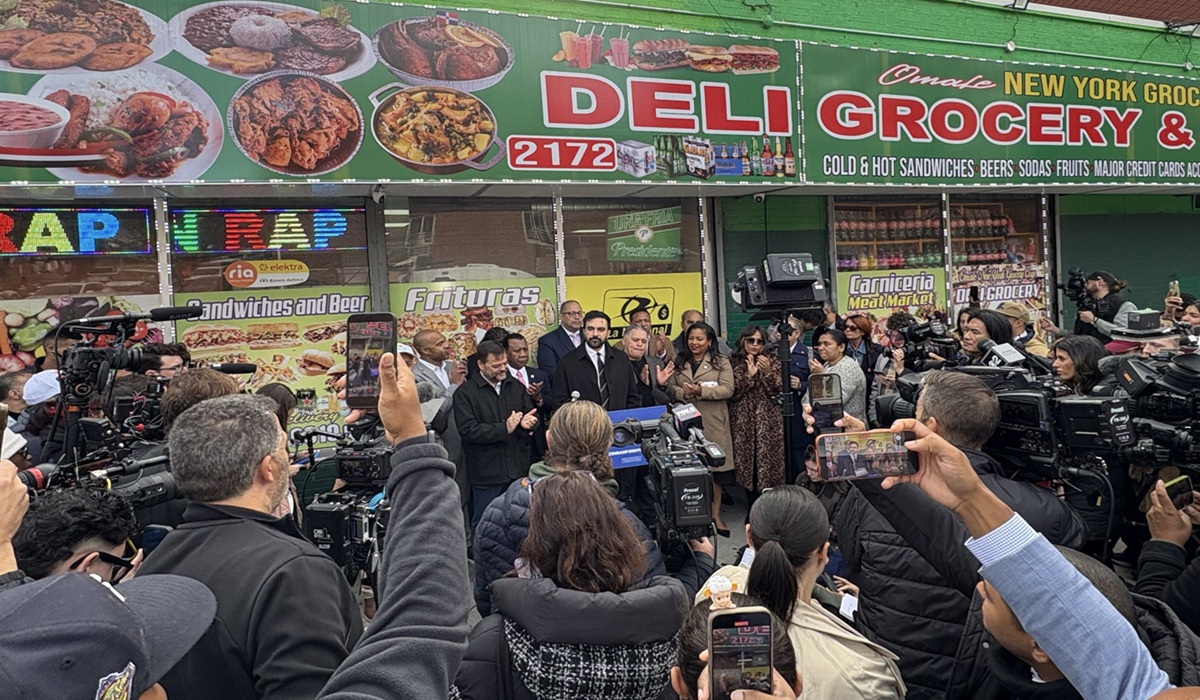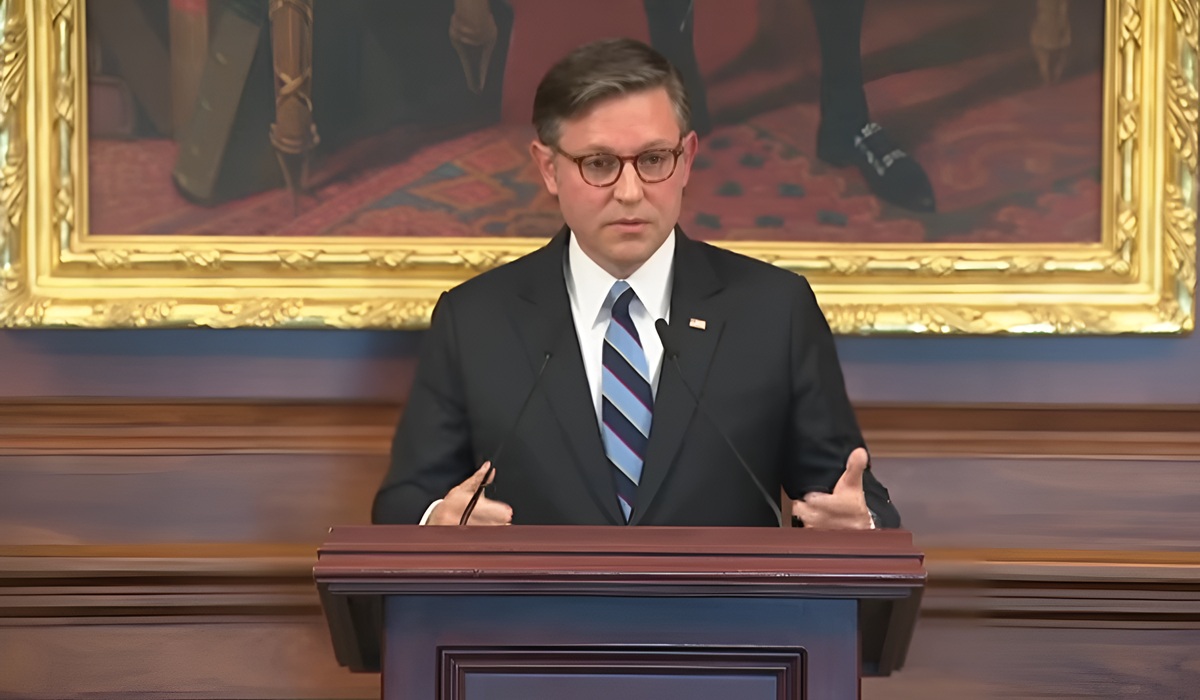Democrats Dominate New York and New Jersey Mayoral Races as GOP Faces Strategic Crossroads
- TDS News
- U.S.A
- November 5, 2025

Last night’s elections across New York and New Jersey confirmed a familiar political reality in America’s largest urban centres: Democrats remain firmly in control of city politics, while Republicans continue searching for a formula that can win over diverse, densely populated electorates.
In the marquee race, New York City elected Zohran Mamdani as its next mayor. Mamdani — a progressive Democrat with a strong grassroots network and a message centered on affordability, transit equity, and community investment — defeated former Governor Andrew Cuomo, who ran as an independent after losing his party’s primary, and Republican Curtis Sliwa. Mamdani’s victory signals not just a continuation of Democratic governance, but a generational and ideological shift inside the party itself. His rise represents a younger, more diverse coalition that is reshaping the Democratic profile in the country’s largest city.
Across New Jersey, the pattern mirrored New York. While full municipal data continues to be finalized, Democratic mayors either held or gained ground in key urban and suburban jurisdictions, and the party’s candidates demonstrated clear strength in population centres such as Newark, Jersey City, and Atlantic City. The results underscored long-standing realities in the Garden State: local Democratic machines remain strong, organizational discipline is intact, and Republican efforts to pry away major cities continue to fall short.
For Republicans, these results pose serious strategic questions. Urban centres are increasingly defining national politics — demographically, economically, and culturally. Yet the GOP remains largely unable to compete in them. Even in suburbs that shifted rightward in pockets of the country in recent years, the Northeast remains resistant. To be viable in these regions, Republicans will need to broaden their appeal with younger voters, immigrant communities, and working-class families who are not motivated by culture-war rhetoric but by cost-of-living pressures, public safety, education, and economic mobility.
Democrats, meanwhile, have earned a mandate — but also scrutiny. Mayoral power in cities like New York is won not on slogans but on delivery. Housing affordability, infrastructure, mobility, policing reform, homelessness, public health, and community safety are complex and urgent challenges. Urban residents have made clear what they expect: competent, modern, responsive leadership that matches the scale and speed of their lived realities. Success will strengthen Democratic dominance. Failure could invite political volatility that reshapes the map later.
This election did not deliver surprises so much as confirmations. The urban Northeast remains overwhelmingly Democratic; Republicans remain on the outside looking in. But as the nation moves toward the critical 2026 midterm cycle, these contests serve as a reminder: cities now anchor the political, cultural, and economic trajectory of the country, and whichever party learns to lead them most successfully will shape the future.








